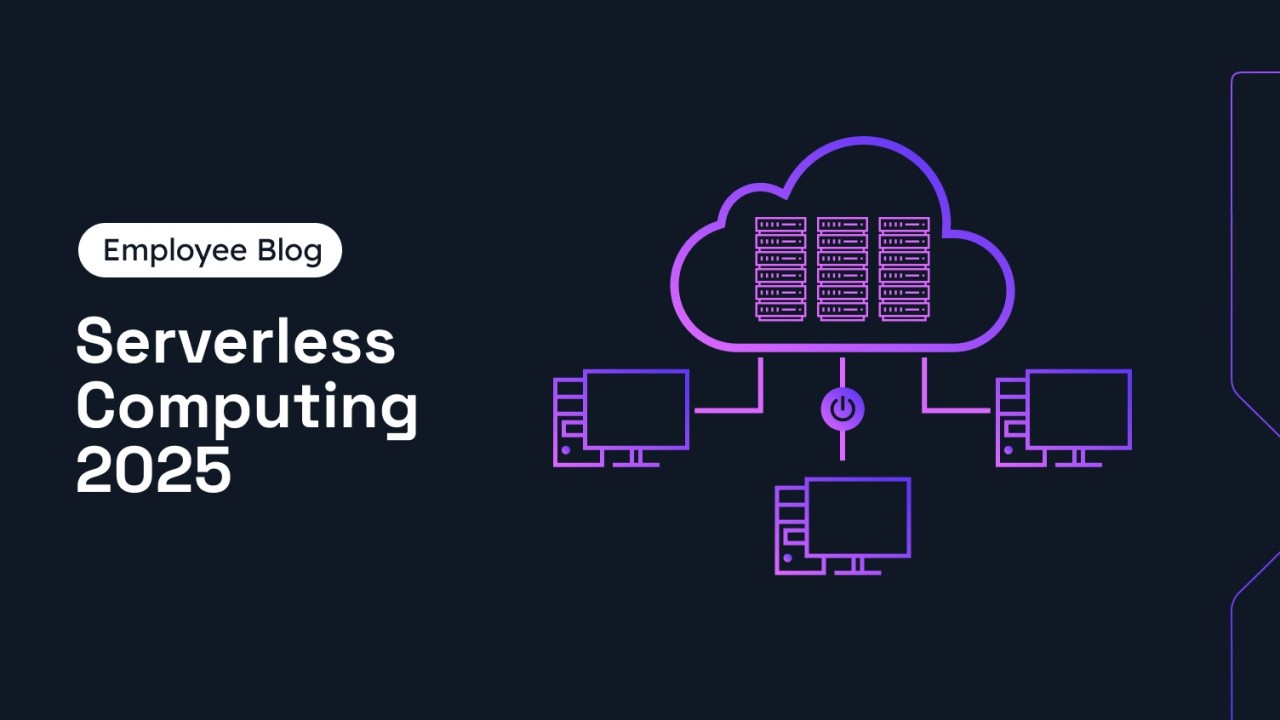Serverless Architecture in 2025: What Developers Need to Know
As we advance into 2025, the shift towards serverless architecture is more evident than ever. Developers and businesses alike are embracing the freedom, flexibility, and scalability that comes with not having to manage infrastructure manually. But what exactly is serverless, and what do developers need to know to stay ahead in this rapidly evolving landscape?
🚀 What Is Serverless Architecture?
Serverless architecture doesn’t mean no servers. It means developers no longer need to manage the infrastructure. Cloud providers like AWS, Azure, and Google Cloud handle server provisioning, scaling, and maintenance. Developers simply write functions — known as Function as a Service (FaaS) — that are executed on demand.
🔍 Why It’s Gaining Momentum in 2025
- Cost-Efficiency: Pay only for what you use. No more running idle servers.
- Auto-Scaling: Applications scale instantly based on usage.
- Faster Development: Focus on writing code, not managing infrastructure.
- Improved Time-to-Market: Deploy features and fixes quickly with minimal overhead.
🧠 What Developers Should Know in 2025
1. Know Your FaaS Platforms
Familiarize yourself with the top serverless platforms:
- AWS Lambda
- Azure Functions
- Google Cloud Functions
- Netlify Functions
- Vercel
Each comes with its own pricing, cold start behavior, and supported languages.
2. Understand Cold Starts
A cold start occurs when a function is inactive and needs to be spun up. In 2025, many providers have optimized cold starts, but it’s still a key performance factor for real-time apps.
3. Design for Statelessness
Serverless functions are stateless by design. Learn to store session data externally (e.g., in a database or cache like Redis).
4. Security Is Still Your Job
While cloud providers handle infrastructure, you must secure your functions, APIs, and data connections. Implement authentication, input validation, and data encryption.
5. Monitor Everything
Use tools like AWS CloudWatch, Sentry, or Datadog to track performance, uptime, and logs. Observability is critical for debugging and improving efficiency.
6. Embrace Event-Driven Architecture
Serverless thrives on event triggers — from HTTP requests to file uploads or database changes. Learn to design workflows based on these events.
🔧 Use Cases in 2025
- API backends
- Data processing pipelines
- Chatbots and automation
- IoT backends
- Real-time file transformation
Serverless is no longer niche — it’s mainstream.
💼 How i4 Tech Integrated Services Can Help
At i4 Tech Integrated Services, we help businesses adopt and scale with serverless technologies. Whether you’re transitioning from monolithic systems or building a fresh MVP, our expert developers are here to guide you.


